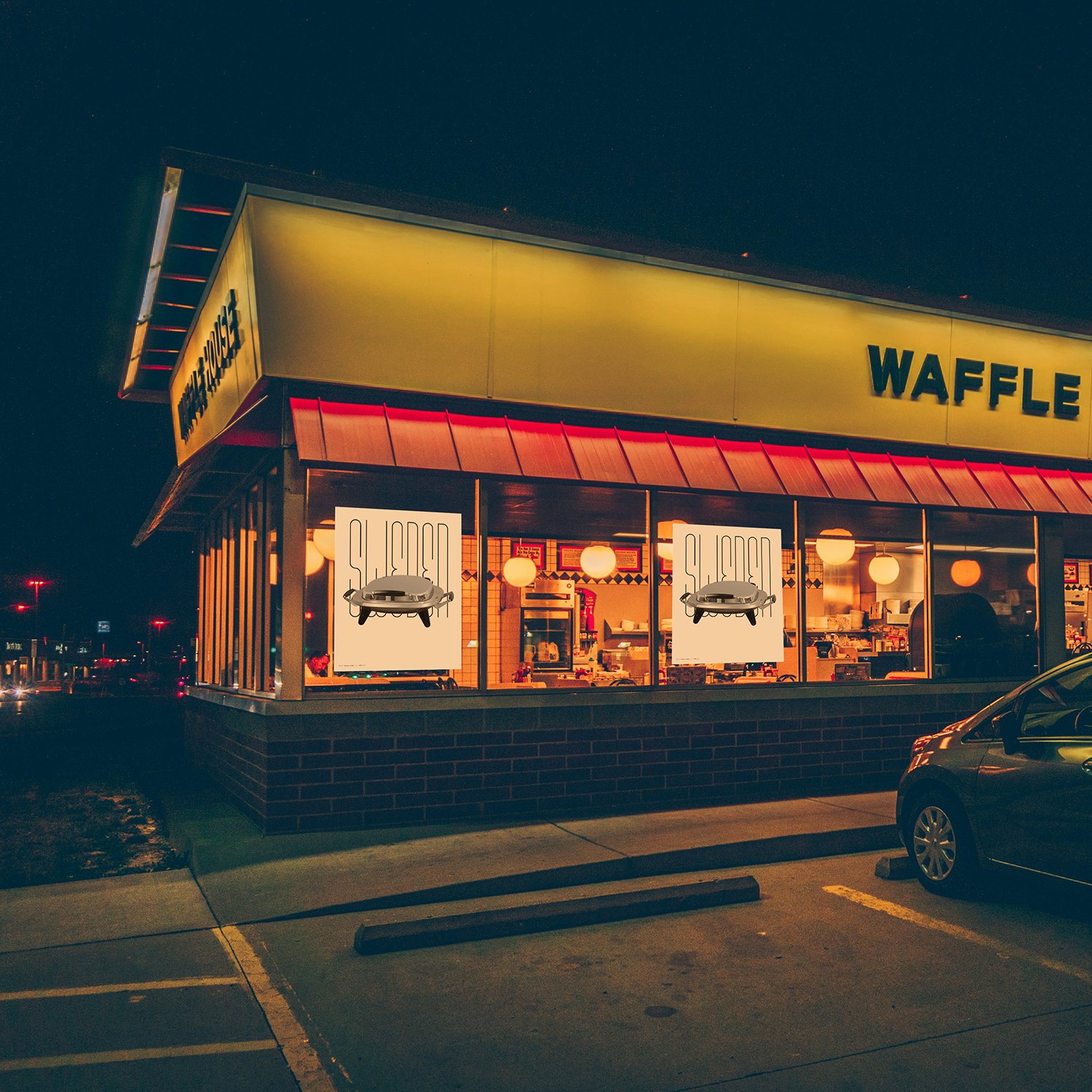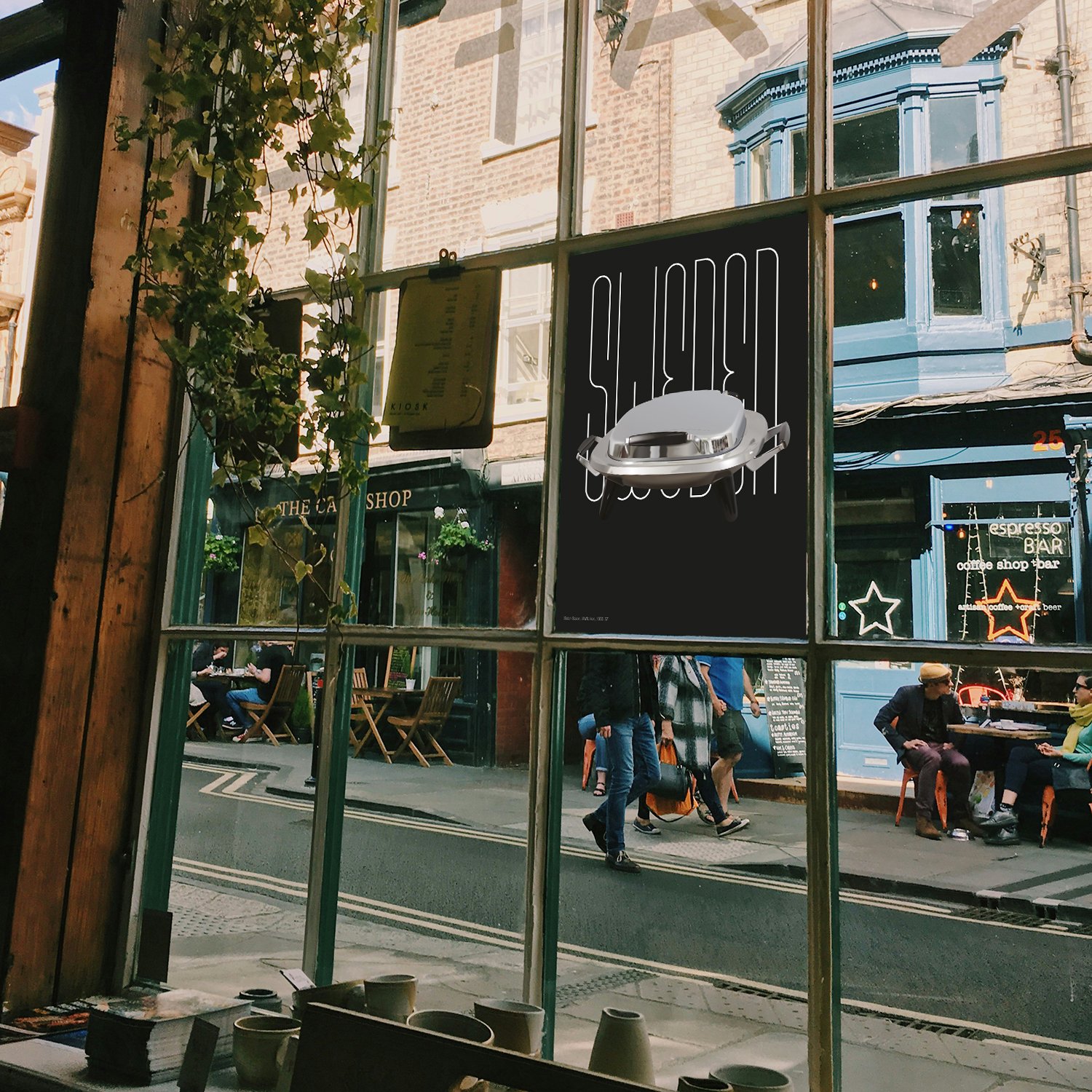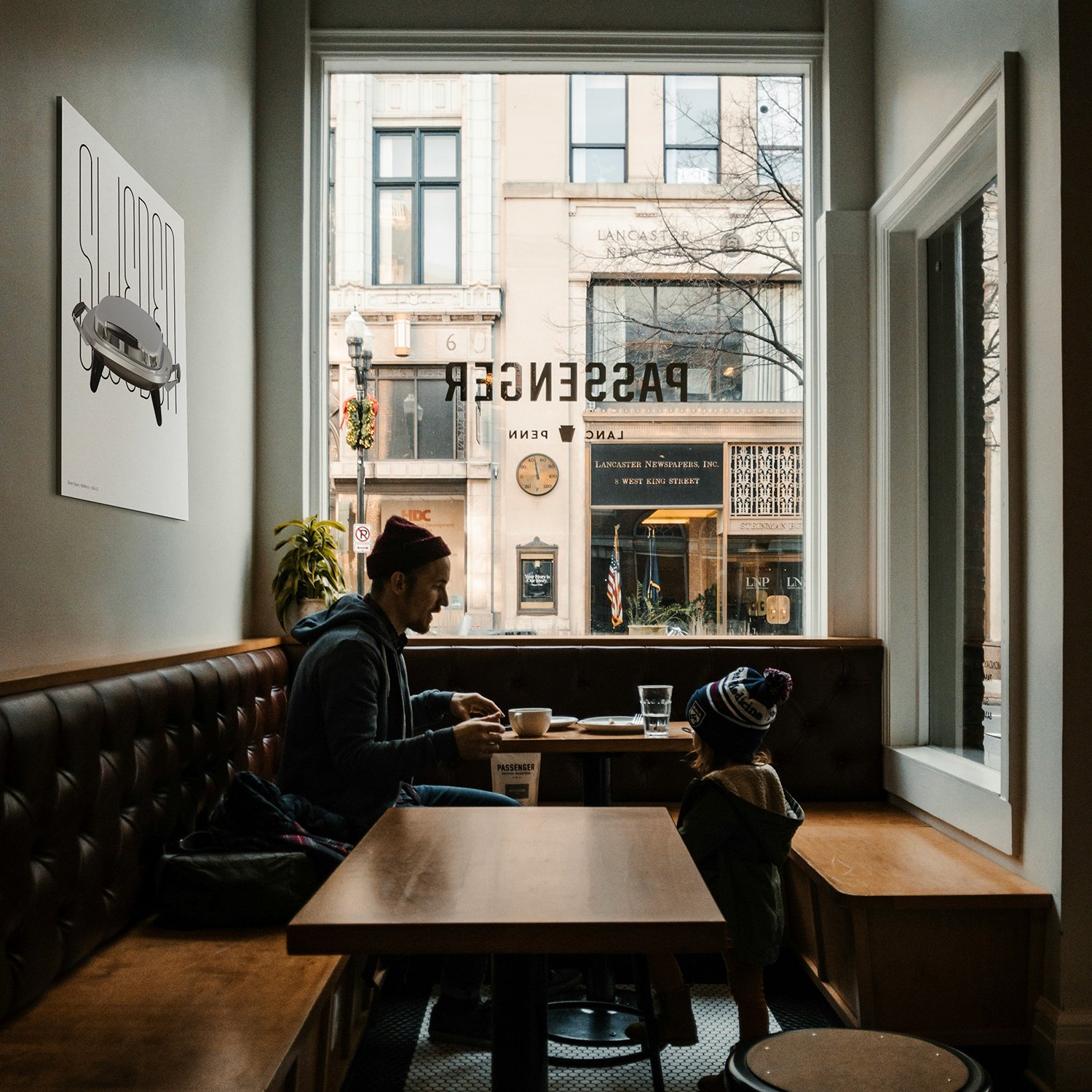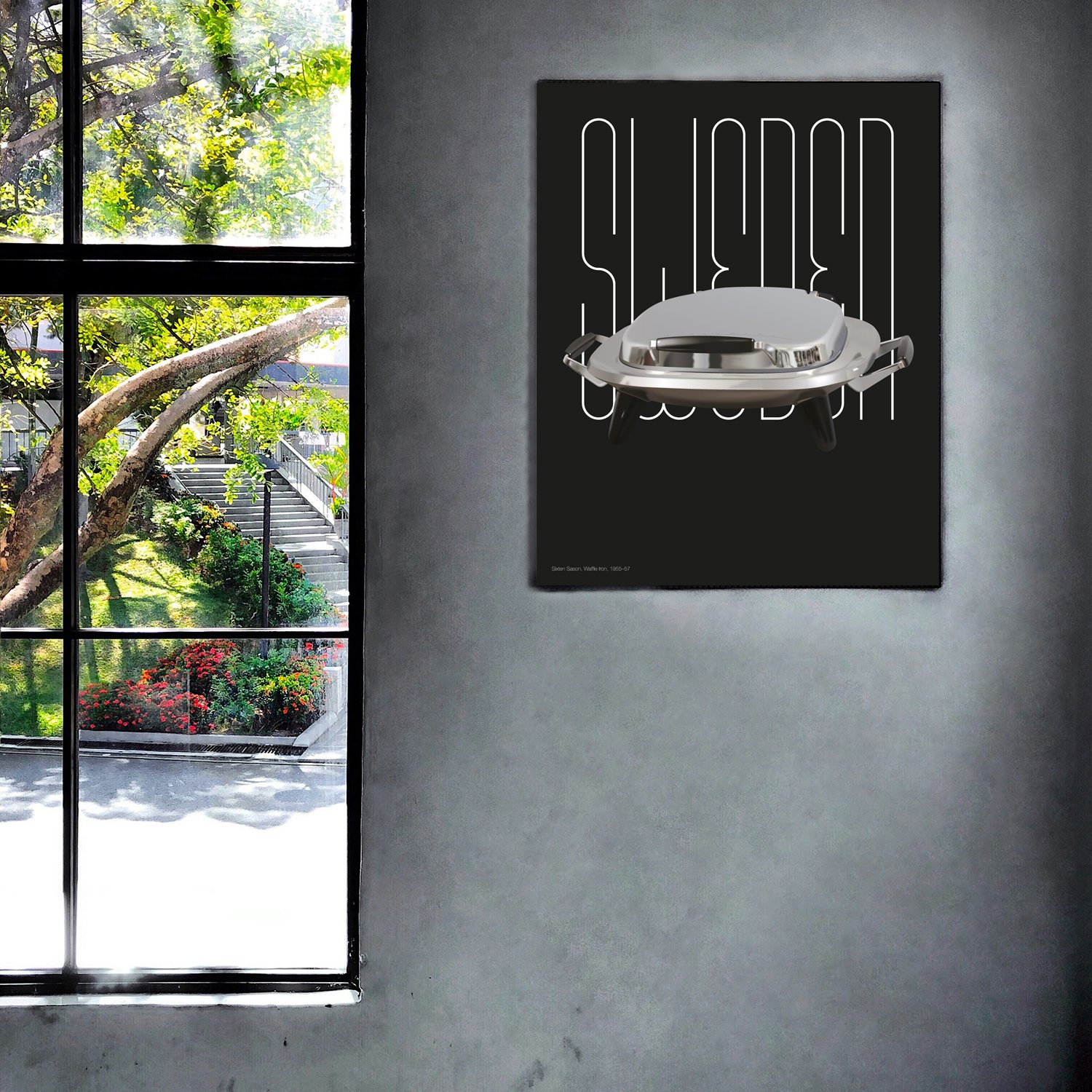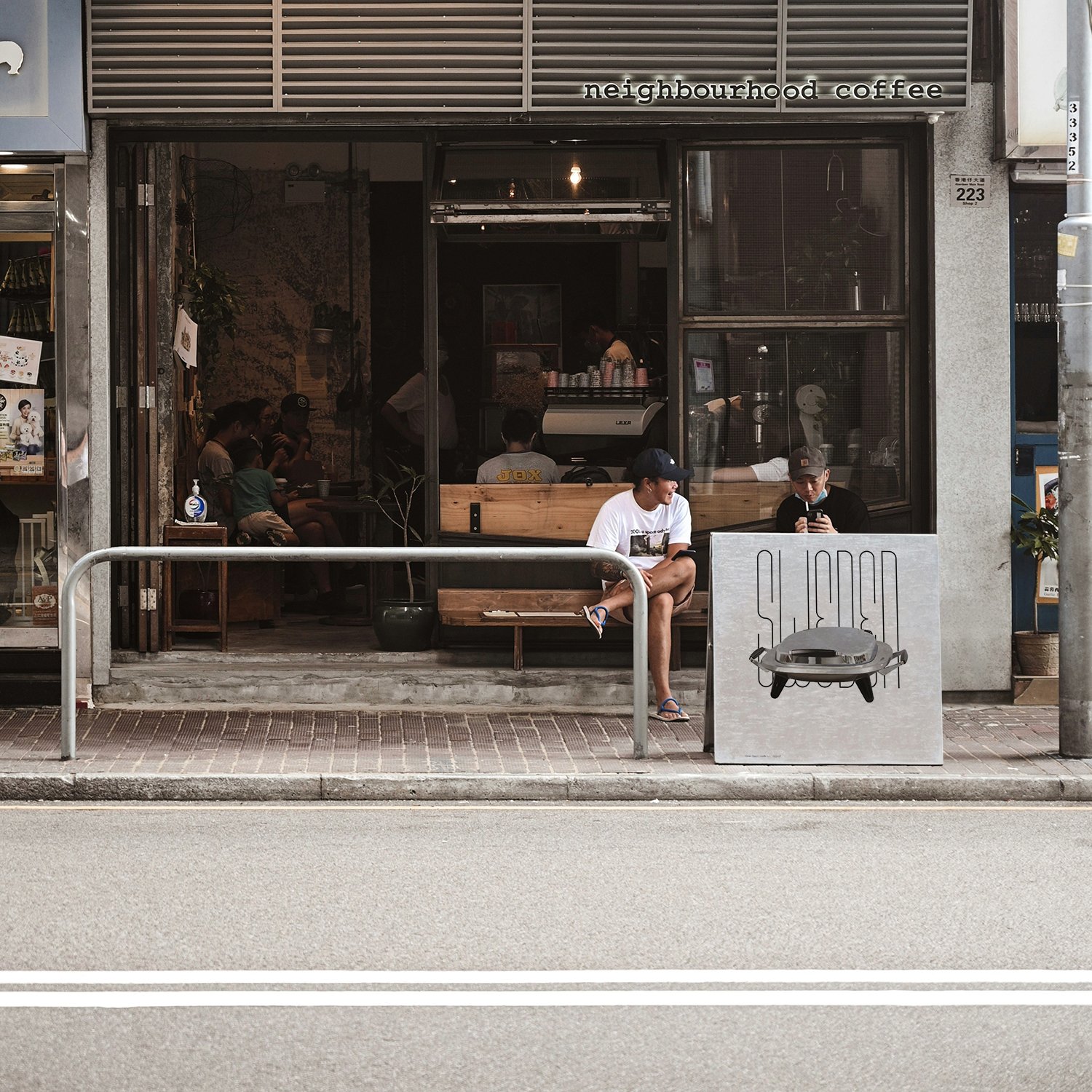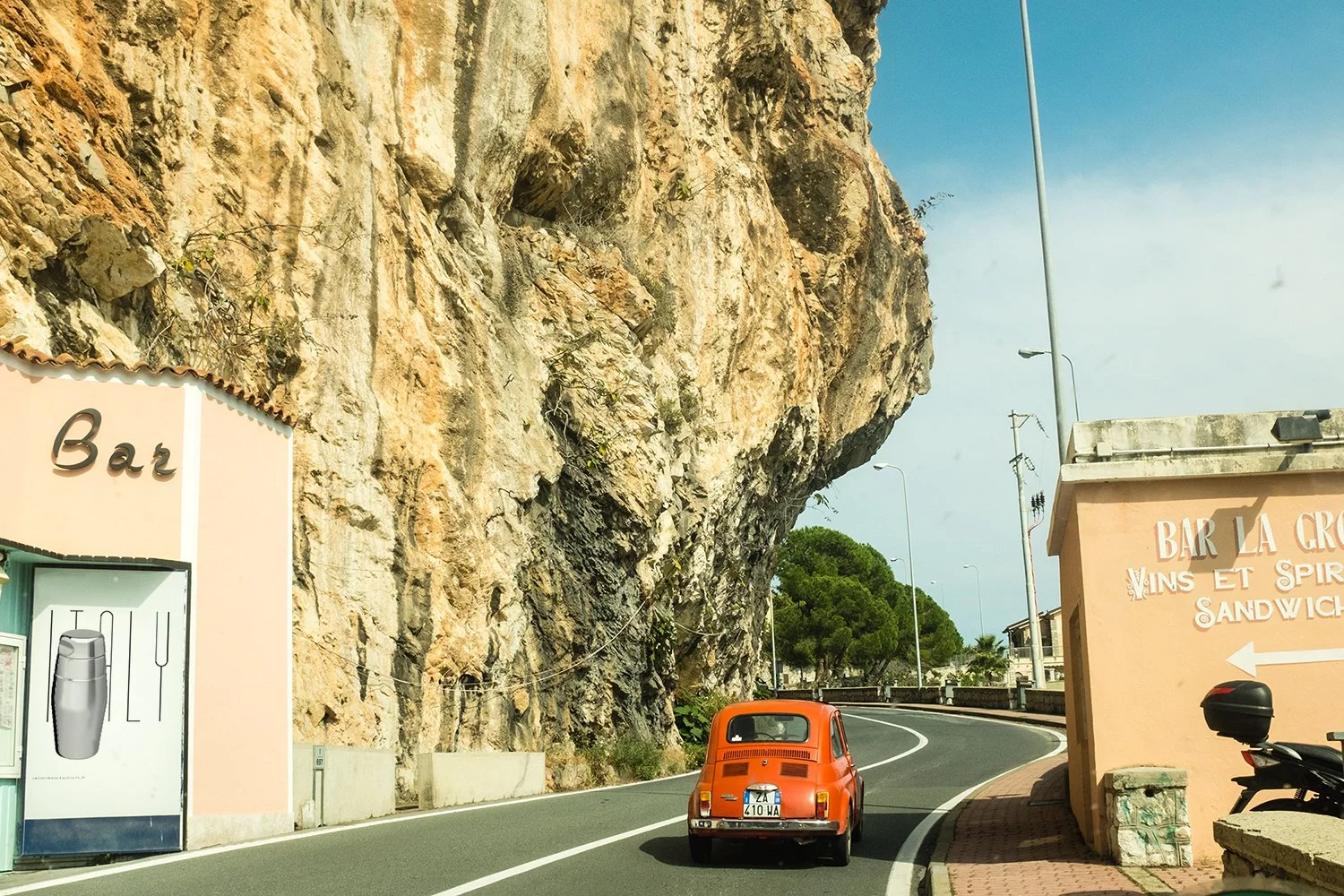In a way the history of the Kikkoman Soy Sauce dispenser, designed in 1961, started at the end of WWII. Kenji Ekuan was born in Tokyo but spent his early years in Hawaii. At the end of the war his family moved to Hiroshima where his father worked as a Buddhist priest. At 16 Ekuan was just released from naval academy when the atomic bomb destroyed Hiroshima and he witnessed the devastation from the train taking him back home. He lost his sister in the blast and his father became Ill with radiation sickness and died a year later.
This tragedy lead him to rethink his career. Instead of following his father’s footsteps he decided he wanted to take part in reshaping post-war Japan through design.
In a later interview he told the New York Times “Faced with that nothingness, I felt a great nostalgia for human culture”. He continued “I needed something to touch, to look at”. “Right then, I decided to be a maker of things.”
In 1952, soon after graduating from the National University of Fine Arts and Music in Tokyo, Mr Ekuan founded his design studio G.K. Design. One of his early assignments came from Kikkoman who wanted him to create a soy sauce dispenser. Up til then soy sauce was bought in big glass bottles and poured into small ceramic dispensers. Due to the particularly high viscosity of soy sauce it, more often than not, dripped along the side of the dispenser leaving a stain on the table.
Kenji Ekuan chose to make a glass bottle so you would know exactly when to refill it, and when you did you wouldn’t spill thanks to its wide mouth. The bigger problem was how to make the cap.
This part of the project ended up taking 3 years. It had to be easy to pour but yet spill-proof. After 100 prototypes Ekuan realized that the best solution was an upward facing spout. The spout design made the last drop flow back into the bottle rather than dripping onto the table.
Released onto the international market in 1961 the Kikkoman soy sauce dispenser became a symbol of new contemporary Japanese design. Ekuan’s goal as a designer was to make design solutions for the masses and with the Kikkoman dispenser he managed to do just that with an exquisite example of Japanese design spread to kitchens all over the world.












